Dwelling is a place for the purpose of living and serving the needs of households and individuals. But in reality there are many types of houses with different building characteristics, architecture and characteristics. In this article, we will show you what are houses like in Vietnam!
Vietnam housing facts
Every family has a campus to be exploited from the ground floor to the upper floors. This type of housing accounts for a very significant share of the nation’s housing fund, addressing the needs of the greater part of the population in rural and urban areas, especially in Vietnamese housing market.
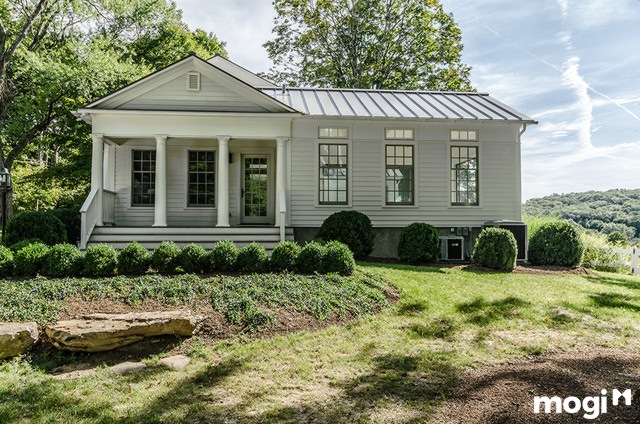
One-floor house often reflects most clearly the constraints of nature and climate of the habitat and preferences of the owner. This type of house has the advantage of creating a harmonious family life in harmony with nature but occupying a lot of land for construction so in urban areas people often have to restrain to create architectural appearance and to make the urban construction a great social economic efficiency.
Some Vietnam housing facts you might want to know, in urban areas, one-floor house account for only 20-30% while in rural areas this type occupies 80-90%. The owners of low-rise housing have very different income, so the quality and size of the one-floor house is also very different, they can be classified as below:
Rural house
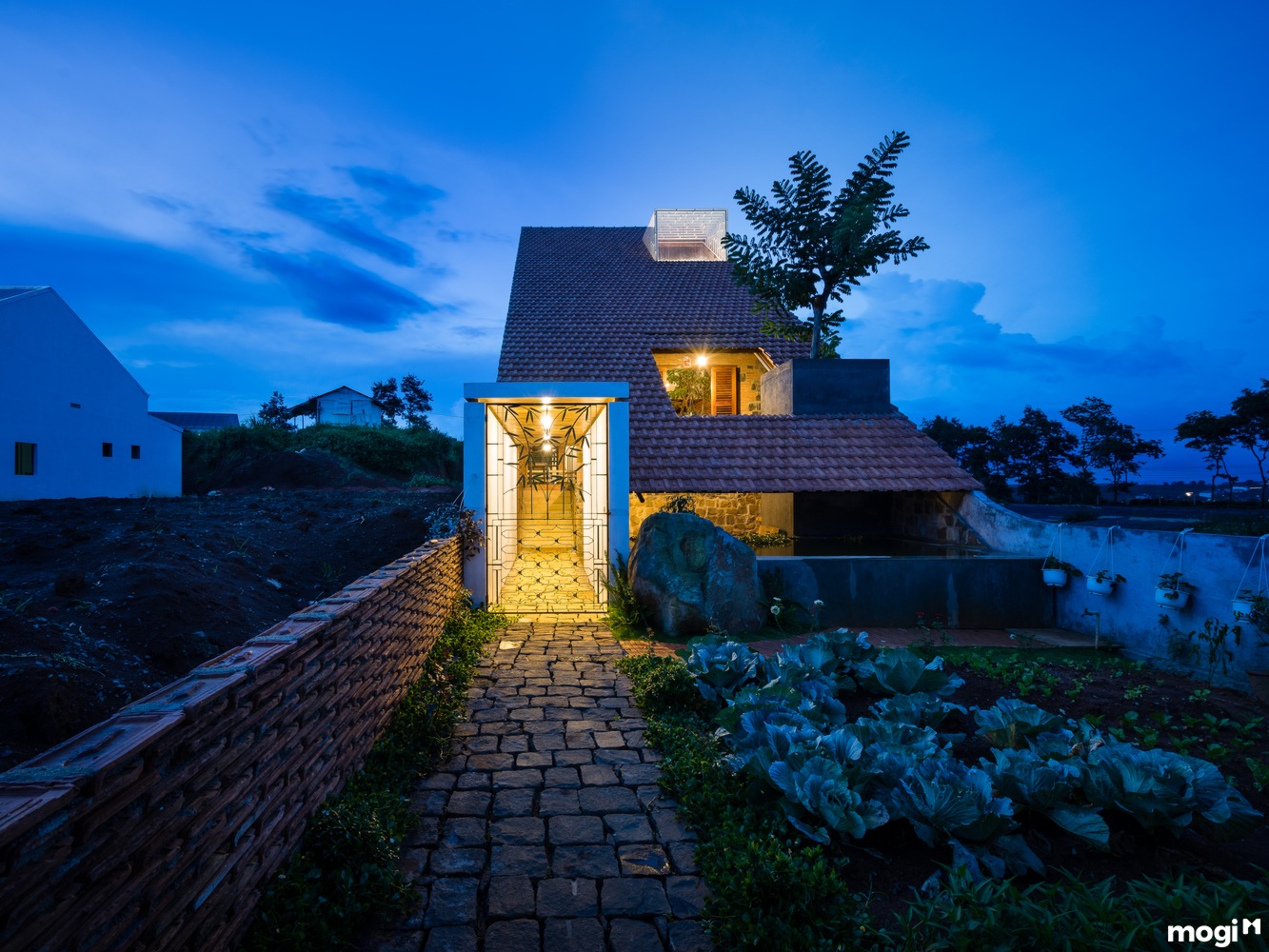
This type of house serves farmers’ families, which are often found in agricultural settlements in small rural villages. Each small farmer family lives on a separate, closed campus, which is organized with 1-2 storeys of architecture, including many small architectural elements such as main house, horizontal house, cages encircling a space.
This small architectural complex is surrounded by green trees and rugs to create a suitable life for a family of wet rice farming, both for living and for production purposes.
City Villa
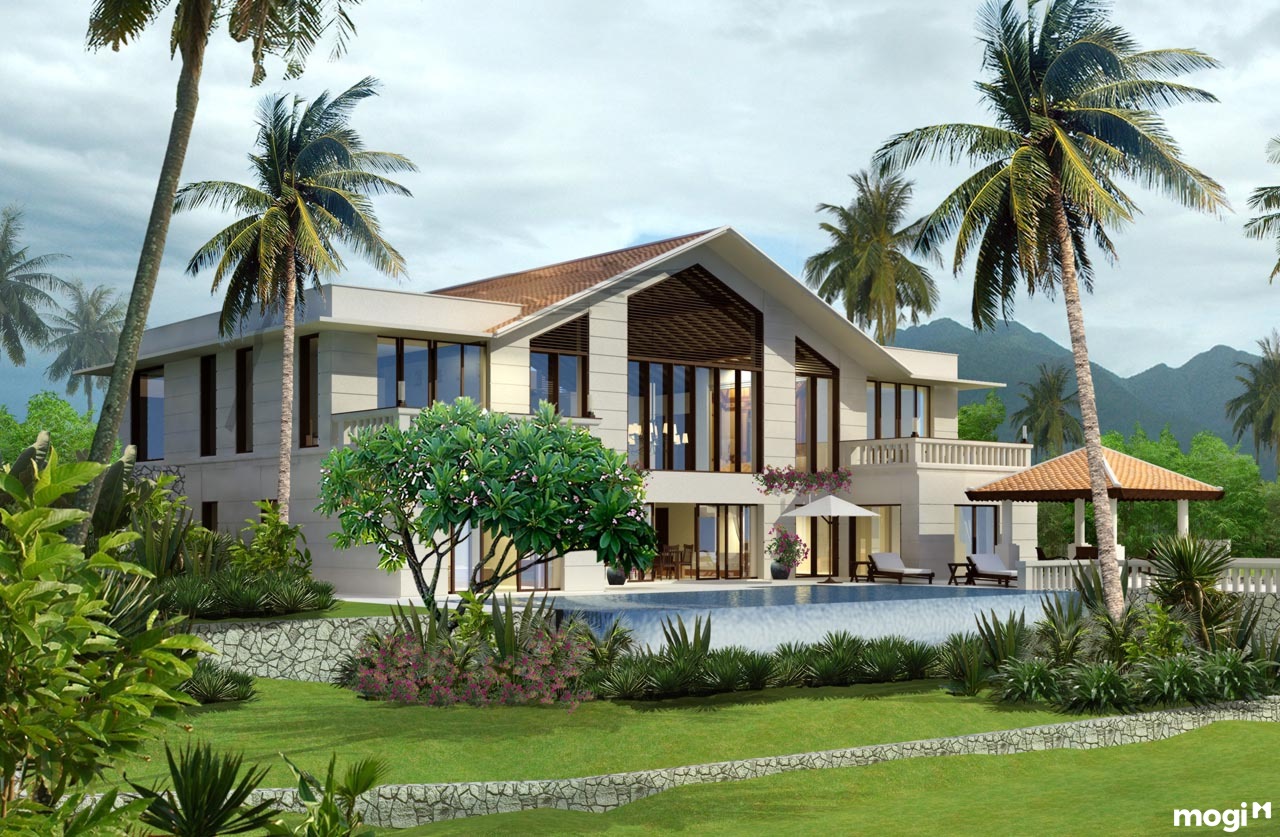
In the house, in addition to living space in the home there is also a car park (garage), a place to relax or outdoor activities
This is a high standard home in the city, each home has a separate campus. Homes are surrounded by gardens and access to nature in many directions (3-4 directions), often built on the periphery of the city or alternately in large blocks far from the center. Its floor can be 1-4 stages. In the house, in addition to living space in the home there is also a car park (garage), a place to relax or outdoor activities. This type of villa is for people with high living conditions such as senior officials, rich traders or intellectuals.
Homes (adjacent block)
This type of house can also be called villa because each family also has a private plot, living alone closed and exploit space from the ground up; But the narrow plots are close together so that the main house is also block each other, only the ability to create garden in front and back. The house only has one or two directions of natural contact.
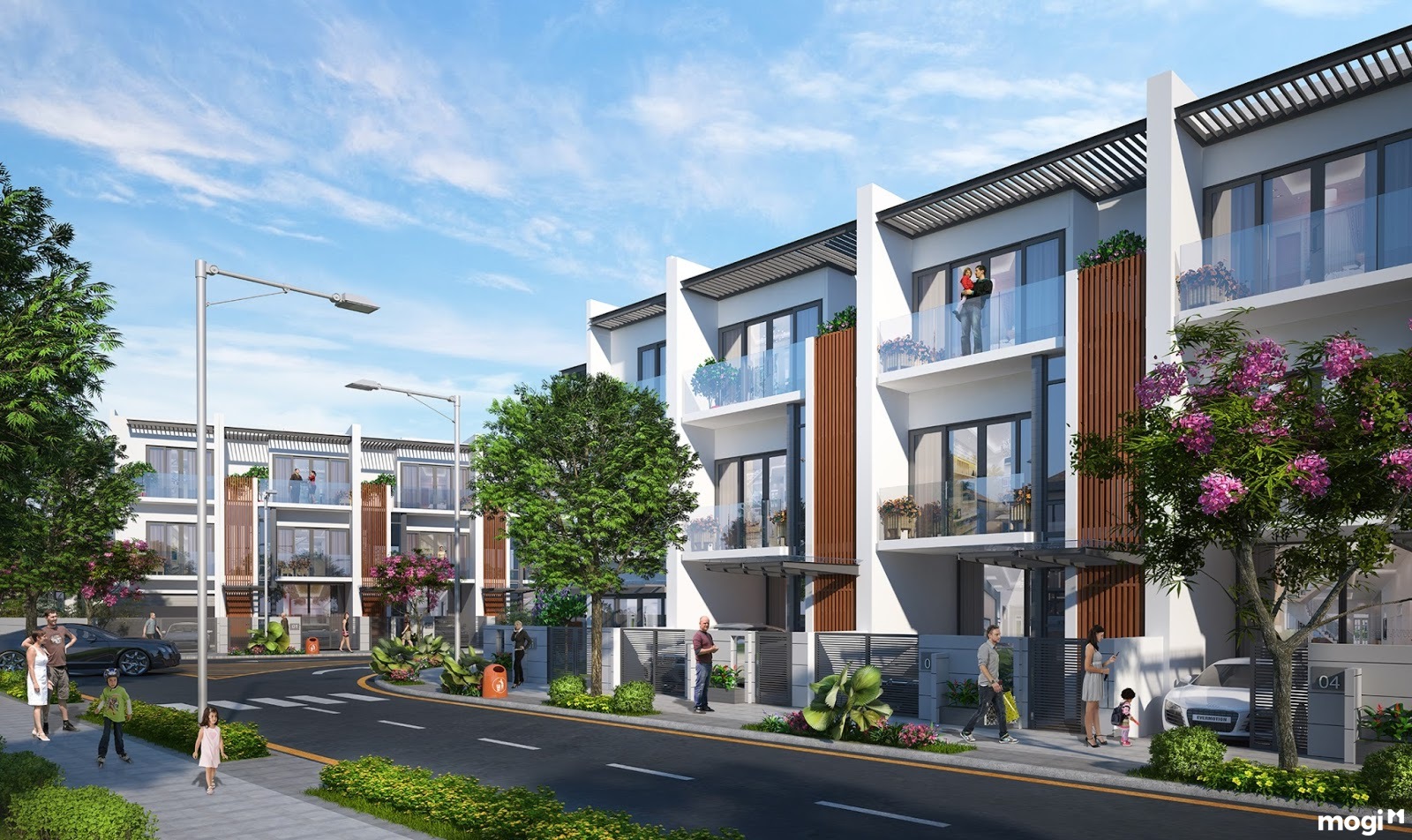
Each family uses a block and every 8 blocks form a common roof and some walls. The number of floors of a block is usually only 3-4 floors. This type of home is suitable for middle-income or middle-income families in towns and small towns. This type of house in Vietnam can be used for living or can be combined as a secondary occupation.
Single apartment
This type of house in Vietnam is for families, sharing corridors and stairs. Each family lives in a self contained apartment, located along a corridor or surrounded by a shared staircase. This type of house ranged from one to three floors, the other stacked up the other.
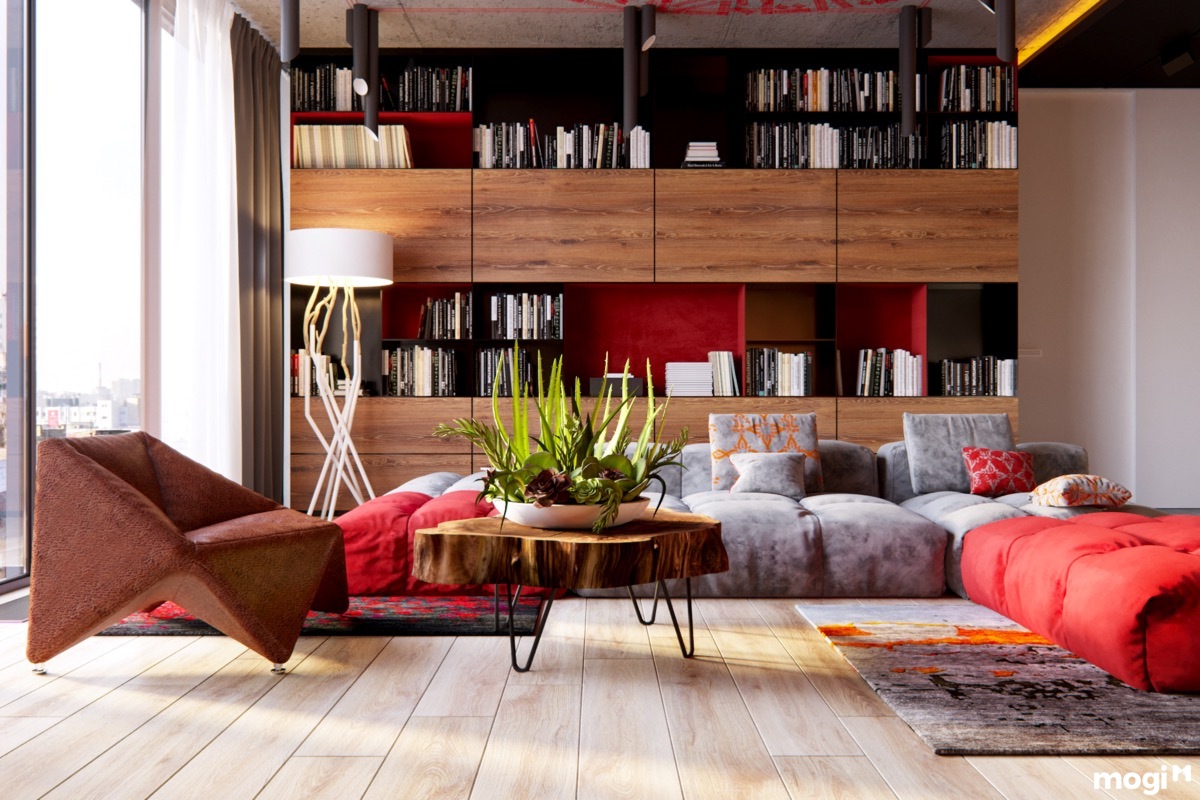
This type of low-rise condominium is usually reserved for the families of workers and small-town towns because its advantage is to occupy small land, the investment is not large and no elevator required.
From the perspective of Vietnam housing facts as well as on the life of works, one can divide one-floor houses into the following types:
- Reinforced concrete buildings;
- Stone house;
- Wooden house;
- Prefabricated house: Aluminum mold, light wall, etc
- Level 4 houses: brick and tile, etc;
- Temporary housing: with a period of 15-20 years;
- Sturdy home: can be used for hundreds of years.
With the information about Vietnamese housing above, we hope that you will choose the most appropriate type of housing. Each type of housing has its advantages and disadvantages, which have many opportunities and challenges for homeowners. But we hope that you will get the house you want and have the happiest life in the future.
Truy cập vào trang Mogi.vn để xem thông tin mua bán nhà đất uy tín, chính chủ.
Thang Tran – Mogi.vn





